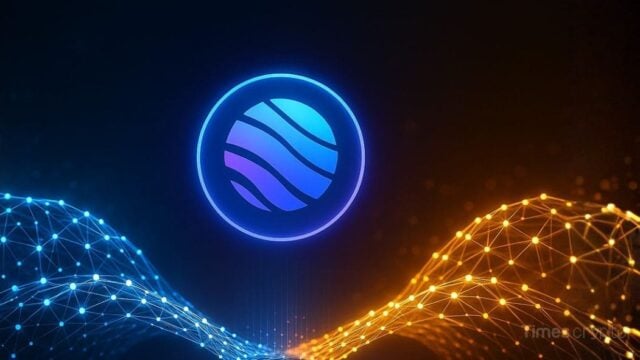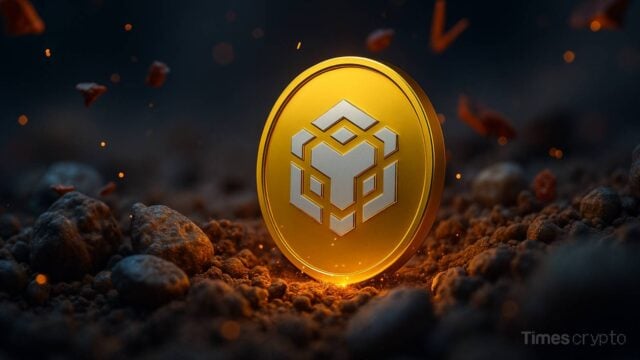Key Takeaways:
- BlackRock seeks SEC approval for Distributed Ledger Technology (DLT) Shares tied to its $150B Treasury Fund, mirroring ownership via blockchain.
- BNY Mellon to manage blockchain-based records, targeting institutions with a $3 million minimum investment.
- CEO Larry Fink calls tokenization a “game-changer” for efficiency and growth in asset management.
BlackRock’s Blockchain Plan: Digitizing Ownership in a $150B Fund
BlackRock, the world’s largest asset manager, is pushing deeper into blockchain adoption with its latest regulatory filing. The firm aims to launch “Distributed Ledger Technology (DLT) Shares” for its $150 billion Treasury Trust Fund (TTTXX), leveraging blockchain to mirror ownership records through BNY Mellon. While not a full tokenization play, the move hints at Wall Street’s growing fascination with DLT to streamline traditional finance.
How DLT Shares Work: Transparency Over Tokenization
Unlike BlackRock’s Ethereum-based BUIDL fund – a $2.55 billion tokenized treasury giant – DLT Shares won’t mint blockchain-native tokens. Instead, BNY Mellon will use DLT to create a parallel, real-time ledger tracking share ownership. This hybrid approach maintains traditional bookkeeping as the legal record but introduces blockchain’s transparency and auditability.
The offering targets institutional players with a steep $3 million entry threshold, signaling confidence in blockchain’s appeal to large-scale investors. BlackRock’s CEO, Larry Fink, has repeatedly praised tokenization’s potential to cut costs and boost market agility, calling it the “next evolution” in finance.
Why Institutions Are Flocking to Blockchain Efficiency
BlackRock isn’t alone. Fidelity recently filed to launch Ethereum-based shares for its $80 million Treasury Fund, while Franklin Templeton’s BENJI tokenized fund holds over $700M. These moves reflect a broader shift: the tokenized treasury market has ballooned to $6.16 billion, per rwa.xyz, with Ethereum hosting 74% of these assets.
Blockchain’s promise lies in its ability to slash settlement times, reduce intermediaries, and enhance transparency. For funds like TTTXX – packed with U.S. Treasuries and cash – DLT could simplify compliance and attract tech-savvy institutions seeking real-time data.
Tokenization’s Trillion-Dollar Future
BlackRock’s DLT Shares may seem cautious compared to BUIDL, but they’re a strategic nod to regulators and traditional finance skeptics. By testing blockchain as a supplementary tool, the firm bridges the gap between legacy systems and decentralized innovation.
This incremental adoption matters. Tokenization could unlock trillions in liquidity by digitizing assets like stocks, bonds, and real estate. For crypto, BlackRock’s endorsement adds legitimacy, potentially accelerating mainstream acceptance of blockchain infrastructure.
Summing Up
BlackRock’s DLT Shares won’t disrupt crypto overnight, but they’re a stealthy win for blockchain adoption. By digitizing ownership records, the firm lays the groundwork for future tokenized products while appeasing compliance teams. For investors, it’s a sign that even cautious giants see DLT as inevitable, a quiet force reshaping finance from within.
As traditional and decentralized finance converge, projects like this could turn blockchain from a buzzword into the backbone of global markets. The walls between old and new money are crumbling, and BlackRock is holding the sledgehammer.







